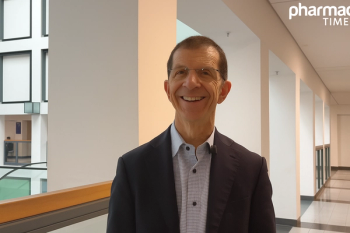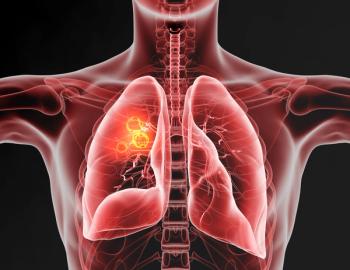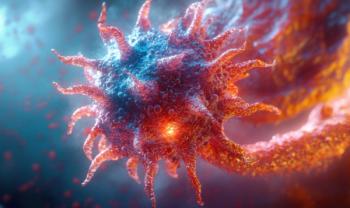
Higher Dietary Niacin Associated With Reduction in All-Cause Mortality Among Patients with Liver Disease
However, increasing dietary niacin did not reduce risk of mortality from cardiovascular disease, the primary cause of death associated with nonalcoholic fatty liver disease.
Nearly half of individuals in the United States could have nonalcoholic fatty liver disease (NAFLD), but dietary niacin may reduce risk of all-cause mortality among these patients, according to investigators in a recent study published in JAMA Network Open. However, increasing dietary niacin intake did not reduce the risk of mortality from cardiovascular disease (CVD), which is the most common cause of death in this patient population.
Previous animal studies have shown that supplementation with niacin (vitamin B3)—a component of nicotinamide adenine dinucleotide (NAD) and nicotinamide adenine dinucleotide phosphate (NADP)—can boost NAD to improve fatty liver.
“A variety of pathological conditions, such as CVD, obesity, and neurodegenerative diseases, are associated with dysregulation of cellular NAD+ levels,” wrote authors in the paper.
To date, no prospective studies have looked at the link between dietary niacin and risk of mortality in patients with NAFLD, so this cohort study aims to evaluate the relationship between dietary niacin intake level and mortality (all-cause and CVD) in this patient population.Investigators evaluated data from 4315 patients with NAFLD who completed the National Health and Nutrition Examination Survey (NHANES) between 2003 and 2018, with an average follow up of 8.8 years.
According to study results, higher dietary niacin intake reduced risk of all-cause mortality by 30% (≥26.7 mg/d vs ≤18.4 mg/d) in patients with NAFLD. However, despite age and sex adjustments, there was not an inverse association between risk of CVD mortality and dietary increase in niacin.
Investigators also conducted subgroup analyses to understand the varying impact of niacin, observing that patients with a vitamin B6 intake below 1.7 mg/d would benefit from niacin supplementation more than those with a higher B6 intake, possibly because B6 allows for the biosynthesis and metabolism of niacin.
In addition, patients with NAFLD and without diabetes may be more likely to experience an association between reduced mortality risk and high niacin intake compared with patients with diabetes.
This could be explained by niacin’s impact on blood sugar; niacin can increase glucose levels in patients with diabetes. And generally, the risk of all-cause mortality and CVD mortality is significantly higher among patients with diabetes and NAFLD compared with patients with NAFLD and no diabetes.
The study does have limitations. First, there is no physical activity data. In addition, investigators cannot establish causation, CVD mortality may be inaccurately classified, there is possible recall bias, and there are possible confounding variables. Future studies should extend follow-up and work to identify the molecular mechanisms of dietary niacin intake on reducing the mortality risks associated with NAFLD.
“The dose-response association of dietary niacin intake with reducing the risk of all-cause and CVD mortality among patients with NAFLD needs to be further investigated to determine optimal intake levels,” the authors concluded.
REFERENCE
Pan J, Zhou Y, Pang N, et al. Dietary Niacin Intake and Mortality Among Individuals WithNonalcoholic Fatty Liver Disease. JAMA Netw Open. 2024;7(2):e2354277. doi:10.1001/jamanetworkopen.2023.54277
Newsletter
Stay informed on drug updates, treatment guidelines, and pharmacy practice trends—subscribe to Pharmacy Times for weekly clinical insights.















































































































































































































